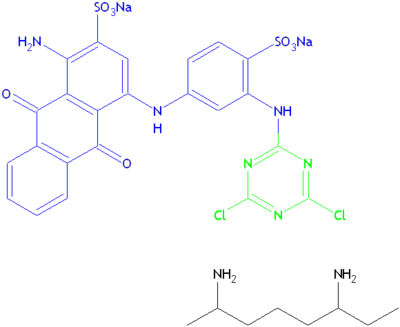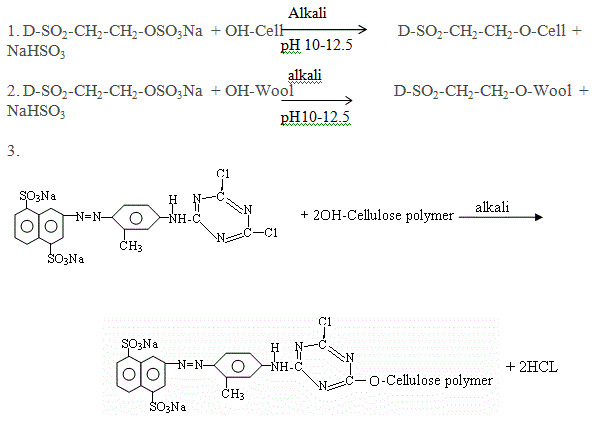Dyeing Nylon Fiber Reactive
Dyeing nylon like wool acid dyes. Nylon is a synthetic fiber, but its unique chemistry means that it can be dyed, easily and well, using the same acid dyes that are commonly used on wool and other fibers.

Dyeing is the process of adding color to textile products like fibers, yarns, and fabrics. Dyeing is normally done in a special solution containing dyes …

Dyeing nylon like wool acid dyes. Nylon is a synthetic fiber, but its unique chemistry means that it can be dyed, easily and well, using the same acid dyes that are commonly used on wool and other fibers.
A dye is a colored substance that has an affinity to the substrate to which it is being applied. The dye is generally applied in an aqueous solution, and may require a mordant to improve the fastness of the dye on the fiber.

Sodium silicate as a fixative for dyeing. Sodium silicate, Na 2 SiO 3, can be used as a fixative for fiber reactive dyes, such as Procion MX or Remazol dyes.(It will not fix other classes of dye, such as all-purpose or direct dyes.)



Tons of dyes for dyeing protein fibers like silk, wool, and nylon.
Dharma Fiber Reactive Procion Dyes The #1 Best Dye for Tie-Dye & dyeing Cotton
Dyeing Dyeing is a method which imparts beauty to the textile by applying various colors and their shades on to a fabric. Dyeing can be done at any stage of the manufacturing of textile- fiber, yarn, fabric or a finished textile product including garments and apparels.


Introduction: Reactive dyes are probably the most popular class of dyes to produce ‘fast dyeing’ on piece goods. These were first introduced a little over 40 years based on a principle which has not been used before.
Fixation of dye means the reaction of reactive group of dye with terminal –OH or-NH2 group of fibre and thus forming strong covalent bond with the fibre and thus forming strong covalent bond with the fibre.

